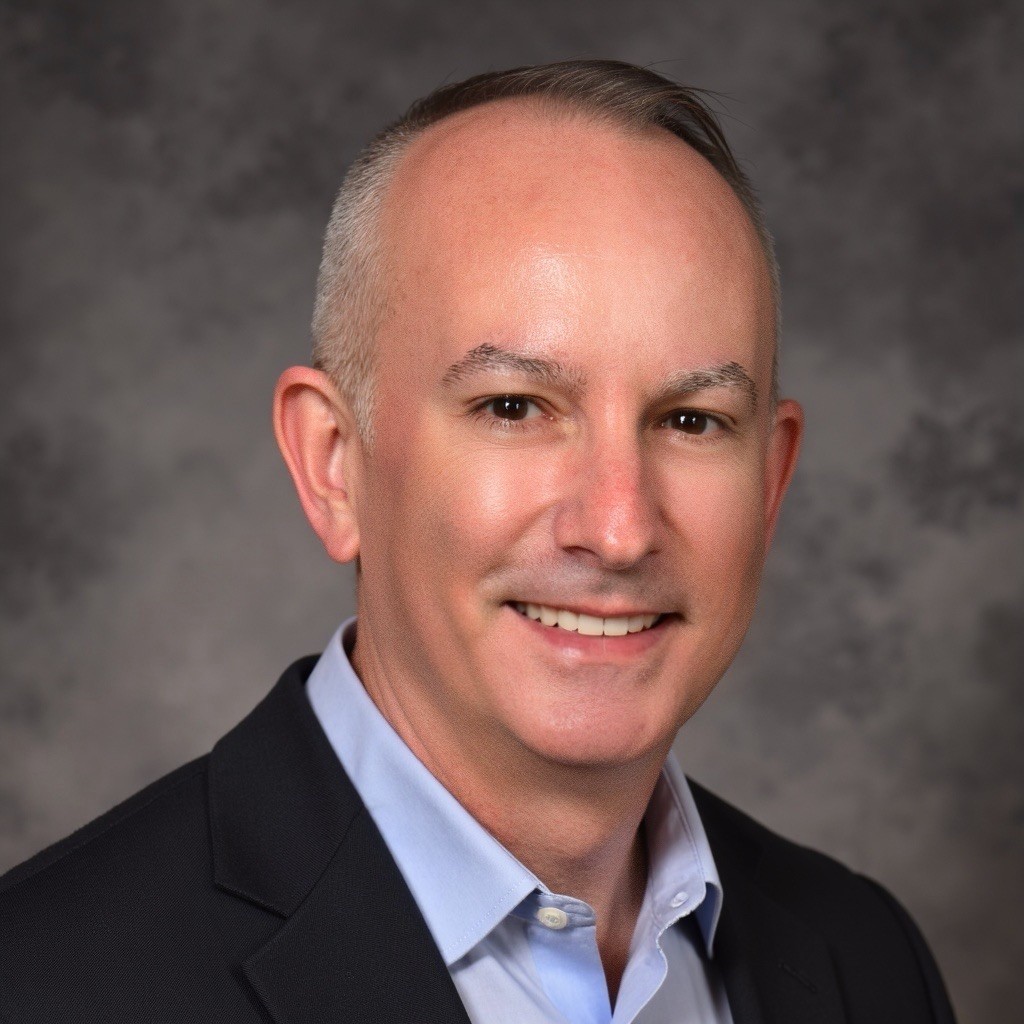BIC - April 2011
By: Shawn M. Galloway
Printable Version
Helping people recognize hidden risk is one of the more complicated tasks I perform. Largely, this is due to the hundreds of ways risk disguises itself as normal, everyday situations. Unfortunately, for executives, the further a company is on the path to sustainable safety culture excellence, the more difficult it can be to identify risk. Largely, this is due to the decreasing degree of probability. As organizations exhaust the returns from improvements in conditional safety (safety engineering) and from behaviorally-focused initiatives (Behavior-Based Safety), organizational decision-making becomes a more transformational leverage point.
This is not to say that decisions that compromise safety are intentional; in fact, by my observations that is rare. Rather, decisions are driven by a complex mixture of shareholder desires, executive directives, organizational values, hypercompetitive priorities, personal ambitions, and sometimes, just trying to do the right thing. The effects of organizational decisions impose varying influences upon the individuals within, even among companies that hold safety value as superior to others.
Influences of this type are rarely identified through traditional event investigations or analysis. These influences can get overlooked due to: the individual identifying causation is in a surface-level position; the individual is a part of the organizational systems and influences; or simply, we still have a lot to learn in safety. Consider how far we have progressed in safety over the past few decades. Recent causation models and risk-identification/mitigation techniques available today were beyond conceptual ability even ten years ago.
This is one reason why organizations who are notorious for not engaging consultants eventually seek an outside perspective. I believe it is important to note that consultants "hired" to provide this unique perspective are best used in a leveraged manner. It is the role of the consultant to be insatiably curious, well-versed in the latest research and advanced methodologies, industry and non-industry-specific best practices, and most importantly, realize excellence does not come in a predefined solution or program.
No consultant or program will ensure the organization can achieve and, most importantly, sustain excellence in any area of operational performance. Rather than proposing solutions, it is the consultant's role to ask the difficult, thought-provoking questions to begin the improvement conversations. It is the executive's role to continue the conversation.
An outside perspective is often helpful to identify hidden waste and value-adding opportunities and to recommend internally-led path strategies to recognize substantial gains. If the strategies are carried out from within the culture, ownership in the progress helps facilitate cultural reinforcement of these strategies. However, this will not occur unless the leadership reinforces the progress through measurement, feedback, and by continuously asking specific questions.
For an organization to achieve and sustain excellence, a decision has to be made. Do you truly want to be the best in safety, or just do enough? Those that become the best experience a safety reflection during their decision-making sessions. Those that achieve safety excellence utilize some of the following questions to ensure sustainability.
- How is safety enhanced by this decision?
- How will this influence behavior in the organization?
- How will this influence ownership in safety?
- How will we gather insight from those affected by the decision?
- How will this help us be the best in safety?
Look for next month's article in which these statements will be elaborated upon and insight into their specific role in executive decision-making will be provided.

Shawn Galloway, CEO of ProAct Safety, is an expert in safety excellence. With almost thirty years of experience, he is a highly sought-after advisor, keynote speaker, and expert witness. Shawn has become a trusted partner to leading organizations across various industries worldwide. He ranks in the top 1% of the most prolific writers in his field, having authored over 500 articles and several bestselling books. He also launched the world's first safety podcast, Safety Culture Excellence©. As a recognized authority in safety, Shawn has received awards such as being named among the Top 50 People Who Most Influence EHS and a Top 10 Speaker, among others.
He is a regular guest on Bloomberg, Fox News, The Daily Mail, Dubai One, U.S. News & World Report, Sirius Business Radio, Wharton Business Daily, and leading safety magazines and podcasts. Shawn also serves as a member of the Harvard Business Review Advisory Council, Forbes Business Council, and Fast Company Executive Board, enabling his influence to shape safety thinking and strategy at the executive level.
